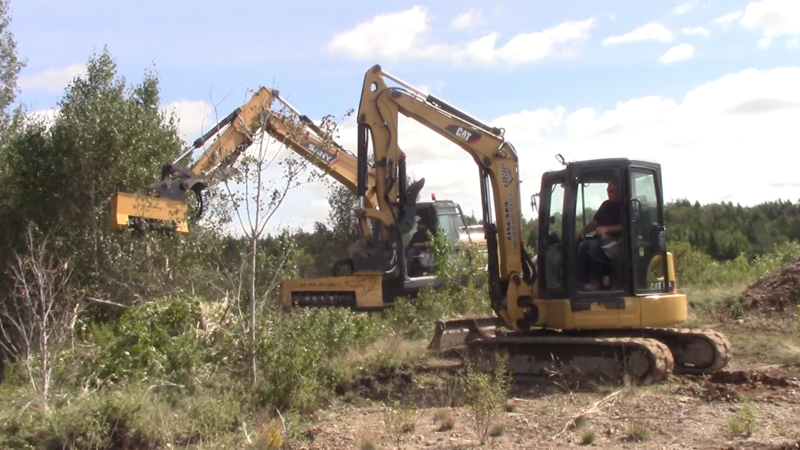Computer Aided Design, or CAD has been a bit of a revelation for engineers. One of the best things it did was remove an unnecessary skill requirement for engineers. Ultimately what matters for someone designing is their ability to understand the physics involved and the materials at work. Placing the requirement that they needed to be able to draw unnecessarily restricts. CAD allows engineers to use the much easier to learn skill of computers to be able to draw high detail line designs. However printing them requires a special high quality printer. Plotter printers are slow printing but draw very precise lines, as compared to inkjet printers which are faster but can’t create the very precise lines required. Imagine the benefit though for a designer in a city like Austin who doesn’t have to worry that his or her drawing ability might be subpar even If the ability to produce sound engineering work was still good.
When the pool of potential people is constricted by an unnecessary factor it distorts the market and the product can suffer. Imagine if for example every English professor also had to be a proficient singer. Sure there is a potential connection as there are a lot of old poems that may or may not have been recited in song form, however the connection between that unnecessary skill to what the core skills necessary for the job. CAD and plotter printers make it possible to remove a skill that was thought to be necessary and allow more potential engineers to work at their best. On the flip side if someone cannot use computers at all they could still operate the old fashioned way by hand drawing.
The important thing is that it opens the market to more people. The more people are operating in something, especially something like engineering the better. The more people you have working in the field (with proper education obviously) the more likely you are to have someone come up with a new innovation that can change the world in a substantial way. There’s one other strong advantage to CAD and plotters though. They can then reproduce the exact image multiple times. Now with the slow speed of a plotter, which prints by basically drawing a fine point pen across the paper, the printers are not suited for printing out thousands of copies. On the other hand, neither is drawing replicas by hand with tracing paper, and copy machines can only maintain so much fidelity. It’s important to remember that the designer or engineer in Austin aren’t the only ones who benefit from the combined technology of CAD and plotters, but we all do through the trickle down.



